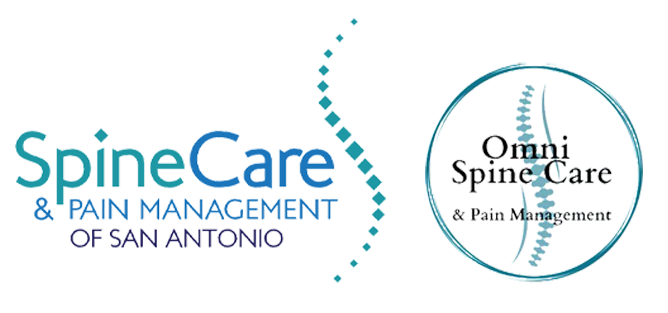
Facet joints are located on each side of the vertebrae. These joints connect the vertebrae to one another. When we move, the facet joints allow the spine to move and guide it. When an injury occurs, involving the back, there may be damage to the cartilage inside the joint or the damage could be to the ligaments and muscles that hold them in place. Although the facet joint is small, about the size of a dime, damage to these joints can cause pain. The pain will range from mild to excruciating and can occur anywhere along the spine based on which joint or joints may be damaged. Radio-frequency neuroablation is a good choice for back pain relief when other treatments have failed.
Before receiving the Radio-frequency neuroablation, it is necessary to have at least two diagnostic injections into the affected facet joints. These injections are referred to as medial branch blocks. Using a radiography tool known as fluoroscopy will allow the physician to guide the needle and visualize exactly where the numbing medicine will be injected. After these injections, you should only expect the pain to be relieved for about six hours or less. You will be asked to keep a diary of your pain level for that day. You will rate your pain on a scale of 1-10 every hour. Providing this valuable information to the physician helps them to identify which facet joint and medial nerve are the source of the pain.
After the diagnostic injections have identified the exact nerves that are transmitting your pain, then you are ready to have the Radio-frequency neuroablation procedure. Your part in the procedure is the same as before, except you will not need to keep a pain diary after this. You can expect once again to begin with an IV medication to induce conscious sedation. At that time, the physician will again insert a thin needle, guided by fluoroscopy, into the previously identified area. To further ensure this is the correct area the physician will use the needle to stimulate the nerve. When the nerve is stimulated, the muscle is known to respond by twitching. This muscle twitching may antagonize your pain at this time. By doing this, the doctor is certain that the correct nerve will be ablated. The doctor will then numb the area and Rradio-frequency energy to cause a disruption of the medial branch nerves ability to transmit pain signals from this area.
Following the procedure, you can expect pain relief for up to 5-6 hours because of the numbing medication that used. You will experience pain and soreness in the treated area; you can expect this area to be sore for about 4 weeks. You can usually return to work or school the day following the procedure, but it varies and is your doctors’ decision. You should not exercise or stretch the area for at least 2 weeks. After the treated area heals, and the soreness is gone, you can expect relief that will enable you to rehabilitate and strengthen the supporting ligaments and muscles. For many people, the radio-frequency neuroabaltion can lead to long-term relief of their pain.

